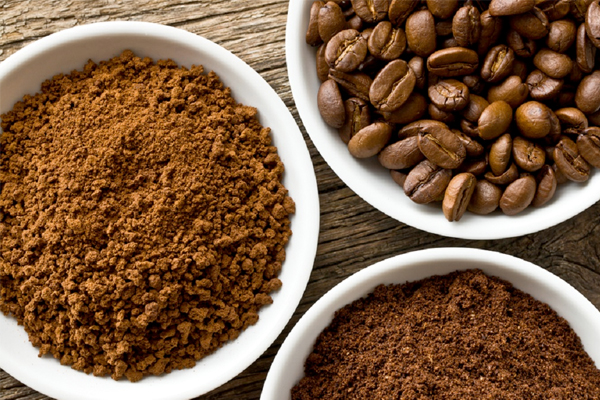Consumer trends driving coffee flows

A new Coffee Map from Rabobank has revealed five key themes shaping current and future coffee flows. While some trends are global, others are taking place in markets large enough to eventually shift global trade flows.
Trade flows strengthen Brazil’s dominance
The international trade of green coffee saw strong growth in 2018, with 73m bags of green arabica exported (up 5% YOY) as well as 40m bags of green robusta (up 8% YOY). Virtually all of the growth came from Brazil and Vietnam, making the world more dependent on the two largest producers. Current low coffee prices are likely to prevent further growth in Central America and virtually all other countries, except low-cost producers Brazil and Vietnam.
The trade of processed coffee was much more stable in 2018, remaining virtually unchanged YOY. Italy is close to becoming the largest exporter of roasted coffee, almost overtaking Germany. There was also significant growth in soluble exports from Vietnam and Indonesia in 2018, but Brazil remains the top exporter of soluble coffee. Increasing robusta production in Brazil will make its soluble industry even more competitive going forward. Brazil’s top spot will be further solidified if a free trade EU-Mercosur agreement is reached, posing immense opportunities for Brazilian soluble coffee factories.
Consumer trends shaping trade flows
Rabobank’s research identified a number of coffee consumption trends that drive coffee flows, in both quantitative and qualitative terms.
A shift towards out-of-home consumption
Almost everywhere, out-of-home coffee consumption is growing faster than at-home coffee consumption, driven by changes in lifestyle and greater innovation from out-of-home options. As consumers shift purchasing patterns, there is a greater focus on differentiated, premium, and traceable products, and trends set in out-of-home consumption are expected to eventually trickle down to at-home consumption.
Ready-to-drink coffee boosts sales
Ready-to-drink (RTD) coffee consumption is well established in Asia – Japan alone accounts for over half of the global volumes – but it is also becoming increasingly prevalent in North America and in Europe, especially given the rising popularity of cold brew coffee. This is a core growth area within coffee and a high-margin, brand-building area.
The recent partnership between PepsiCo and Lavazza, as well as the introduction of Costa’s RTD coffee, shows us that the lines between soft drinks and RTD coffee will continue to blur.
Continued growth of capsules and pods in developed markets
The key success factor of single-serve portioned coffee is its convenience, specifically its ease of use and speed of preparation. Western Europe (65%) and North America (26%) represent the lion’s share of global volumes, but demand is growing in all regions. Furthermore, their efficiency means that a shift to capsules and pods will likely have a negative impact on coffee volumes.
Premium coffee development in Brazil
At close to 21m 60kg bags of coffee per year, Brazil is the second largest coffee consumer in the world, and demand is still growing. Sales of premium products, such as specialty coffee, fresh coffee beans and coffee capsules are outperforming those of standard products, such as instant coffee and standard ground coffee. Premium coffee sales in Brazil are expected to continue to grow double-digits through 2021 and to attract new investments from global coffee players.
An extremely hot market for coffee shops in China
China’s coffee consumption is still quite low, with annual per capita consumption of only 13 cups, but major international and local coffee chains are racing to gain presence and visibility in the major cities, following the listing of Luckin Coffee in May 2019. Chinese consumers expect high levels of service, and locations are far from cheap, but a growing number of young Chinese are incorporating a cup of coffee into their daily life.



